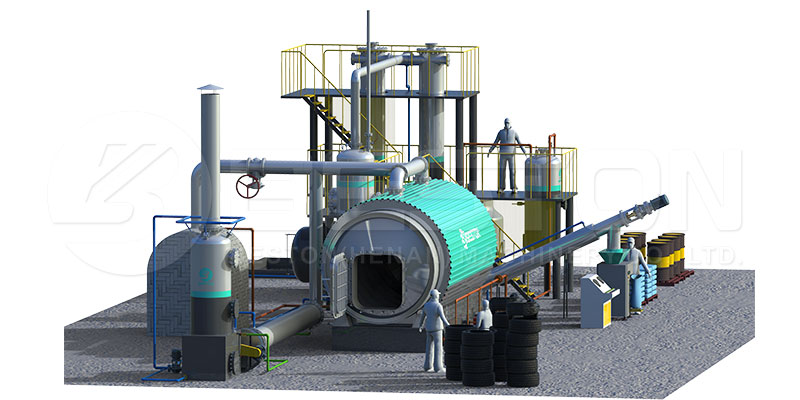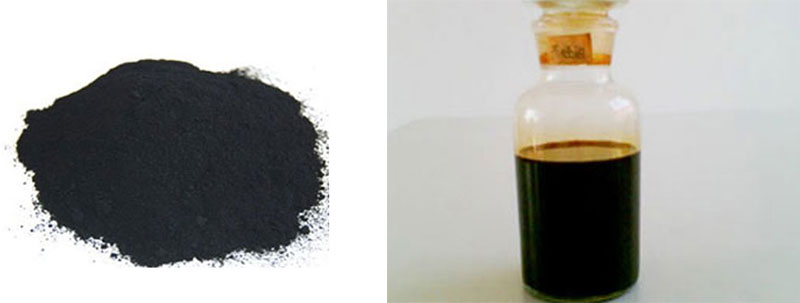Waste pyrolysis plants are designed to convert waste tires, and plastic into products such as fuel oil. Plastic and waste tires are the most common types of raw materials used in these plants. These plants process the materials inside a reactor that produces fuel that is commonly used as a diesel in certain types of vehicles and in the steel wire industries.
Waste Pyrolysis Plant Principle
The main principle associated with these types of pyrolysis plants(planta de pirolisis) involves a reactor that heats raw materials. Once heated these materials produce oil gas. This gas travels to a condenser which then changes the oil gas into liquid oil. The final product is oil that is used as a fuel for industrial applications. Any of the “oil-gas” that do not react inside the condenser is then recycled into a burner for the next cycle. This means that these plants make use of recyclable energy.

Planta de pirolisis
How Do Pyrolysis Plants Work?
As mentioned above, waste plastic and worn-out tires are usually the primary ingredients used in these plants. The pyrolysis plant(https://www.bestoneco.com/planta-pirolisis-neumaticos/) recycles the waste materials into fuel which helps to dramatically save on natural resources. Below is an overview of how these plants work:
Feed The Raw Materials
The raw materials are first fed into a reactor through an automated feeding machine. The reactor should be kept at least a third empty so that the materials can rotate correctly. The inlet of the feeding machine should also be closed tightly to ensure the ingredients are mixed thoroughly.
Heating The Reactor
Once the reactor heats up, it slowly burns the materials inside. This is the most important step to convert the waste(maquina para pirolisis de plasticos) ingredients into combustible fuel. From here the reactor will release an oil gas once the chamber has reached a specific temperature. From here the oil gas will separate and enter into the condenser. Once inside the condenser, the oil gas will liquefy and then drop into the oil tank. The lighter gas will rise into an oil condenser before it liquefies in an oil tank located above.
Any non-condensable gas will pass through the desulfurization and dedusting system. From here the gas travels to the furnace connected to the reactor where it is recycled.
– Cooling Down
Once the reactor has cooled down it will generate fuel oil. Once the temperature has fallen below 40 degrees Celcius, it will discharge a product known as carbon black.

Purifying The Leftover Gas
If there is still gas inside the chamber, these gases are still recyclable once they are purified. This is made possible by passing the gas through the smoke-cleaning system. This part of the process also allows the operator to prepare the plant for the batches to follow.
Today the waste pyrolysis plants(China Beston Group) are among the most important pieces of equipment when it comes to keeping the surrounding environment clean. This equipment recycles different types of waste materials like plastic and tires to produce a fuel which is then used for several different applications and purposes.